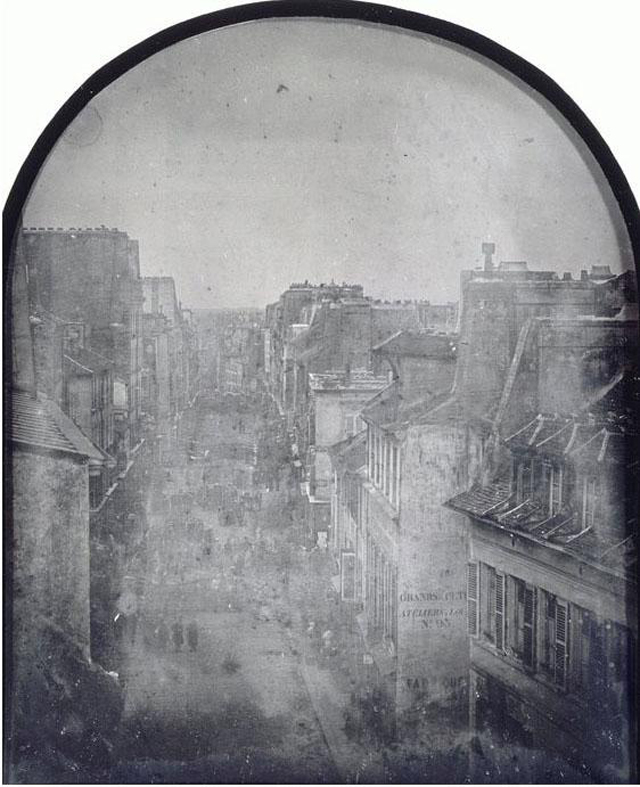
Figure 1 – Daguerreotype showing the barricades in the Rue Saint Maur-Popincourt during the June Days Uprising (1848) in Paris. Original in Musee d’Orsay. In the public domain in the United States because of its age.
Following up on yesterday’s post about the first photograph of the sun taken by renowned French physicists Louis Fizeau and Leon Foucault in 1845, I thought that it would be fun to continue the Parisian theme and consider the daguerreotype Figure 1. It is a very unusual daguerreotype in that it is not a portrait but a scene and, it is quite possibly the earliest that illustrates an historic event. The photograph shows the Barricade in the Rue Saint Maur-Popincourt on June 26, 1848 during ill-fated the June Days Uprising. Since some readers are sure to ask, the June Days Uprising or 1848 should not be confused with the June Rebellion of 1832, also ill-fated, and the theme of Victor Hugo’s “Les Miserables.”
.”The uprising was staged by French workers from 23 June to 26 June 1848, in response to plans to close the National Workshops, created by the Second Republic in order to provide work and a source of income for the unemployed. The National Guard, under General Louis Eugène Cavaignac, was called out to quell the protests. Over 10,000 people were either killed or injured, and four thousand insurgents were ultimately deported to Algeria. The photograph was published in the Journées illustrées de la révolution de 1848 and is now in the Musée d’Orsay.
If we consider this image in our recurrent theme of captured and frozen moments of the past, moments that connect us across centuries, then it is significant to note that what this image really conveys is passion, political passion. In that regard this now fuzzy, clouded over image is truly remarkable. It speaks profoundly to the inner meaning of photographic and literary record.
“So long as there shall exist, by reason of law and custom, a social condemnation, which, in the face of civilization, artificially creates hells on earth, and complicates a destiny that is divine with human fatality; so long as the three problems of the age—the degradation of man by poverty, the ruin of women by starvation, and the dwarfing of childhood by physical and spiritual night—are not solved; so long as, in certain regions, social asphyxia shall be possible; in other words, and from a yet more extended point of view, so long as ignorance and misery remain on earth, books like this cannot be useless.”
Victor Hugo
from the Preface of Les Misérables
1862
